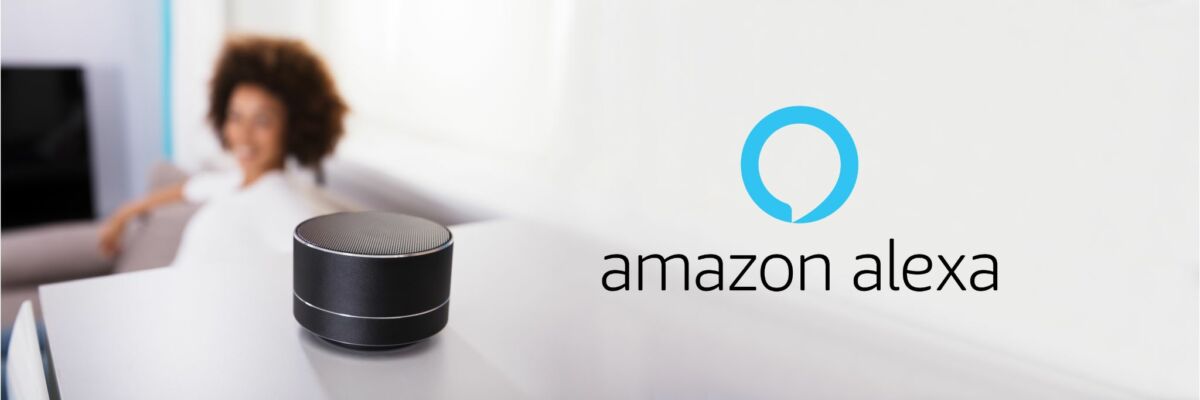
Amazon never stops. The company, leader in the e-commerce and technological sector, after having also presented the new ones in Italy Fire TV Stick 4K and TV Stick 4K Max, is about to revolutionize Alexa. During its fall hardware event, Amazon unveiled a completely revamped version of its built-in virtual assistant, powered by its innovative language model Alexa LLM. Here's what's new and what's changed compared to before.
Features of the new Alexa
Conversational interaction
The main distinguishing feature of the new version enhanced with Amazon's LLM is its ability to interact conversationally. Unlike previous versions, where users had to formulate specific commands, the new Alexa understands natural language. This means that you no longer need to remember rigid commands; instead, you can talk to her as you would another human being.
Understanding the context
When you say "Alexa, I'm cold“, the assistant doesn't just recognize the words, but understands the context behind them. Using advanced algorithms and deep learning, she can deduce that you want to increase the temperature and act accordingly, interfacing with your smart thermostat and adjusting the temperature without further input from you.
Translation between different APIs
Dave Limp, SVP of Amazon, he illustrated one of Alexa's most innovative features during presentation. For example, if you ask Alexa to “make this room similar to the Seahawk colors“, the assistant not only recognizes the reference to the football team, but can also translate this request into specific commands for your home's smart lights, changing the color based on the official team colors. This ability to translate between different APIs means the virtual assistant can act as bridge between devices and third-party services, making the entire smart home experience more seamless and integrated.
Alexa integration with other devices
The new version of the virtual assistant doesn't just interact with Amazon devices. Thanks to its open architecture and ability to translate between different APIs, it can communicate with a wide range of third-party devices, from thermostats to robot vacuum cleaners, from smart lights to electronic locks. This makes Alexa a true hub for your smart home, centralizing control and simplifying device management.
Advanced Alexa features for developers
Dynamic Controller
Il Dynamic Controller It is designed to offer greater flexibility in device management. Developers can use it for create dynamic interactions based on context, allowing Alexa to adapt to the user's specific needs. For example, if a user has a number of smart lights from different brands in their home, the Dynamic Controller can help Alexa manage and control these devices uniformly, regardless of the manufacturer.
Action Controller
The Action Controller, on the other hand, expands Alexa's capabilities in handling complex actions. Developers can define sequences of actions that the assistant can perform in response to specific commands. This could include, for example, creating scenarios like “movie night,” where Alexa dims the lights, closes the curtains and starts the projector, all with a single command.








